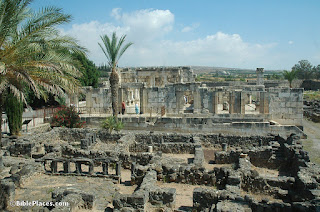
Leave my Messiah alone! Shabbat 119 Today’s post is not about ancient times and the Tannaim and Amoraim but about the evolution of a Biblical verse, via the Gemara, to contemporary politics. In Divrei Hayamim 1 16 King David recites a song of praise when he brings the Ark of the Covenant to Jerusalem . One of his lines is about God protecting His people: אל תגעו במשיחי ובנביאי אל תרעו , do not harm My anointed ones and My prophets. The Gemara in Shabbat uses this verse, along with many others, to explain why Jerusalem was destroyed. One of the reasons is that there was no respect given for scholars. Rabbi Judah in the name of Rav explains our verse to mean that משיחי: אלו תינוקות של בית רבן ; My anointed ones are the children who sit and study. Rashi explains that this is because it was customary to rub children with oil. Fast forward to the twenty first century. Any time there is a protest in the Haredi world, particularly one involving education, chances ...



